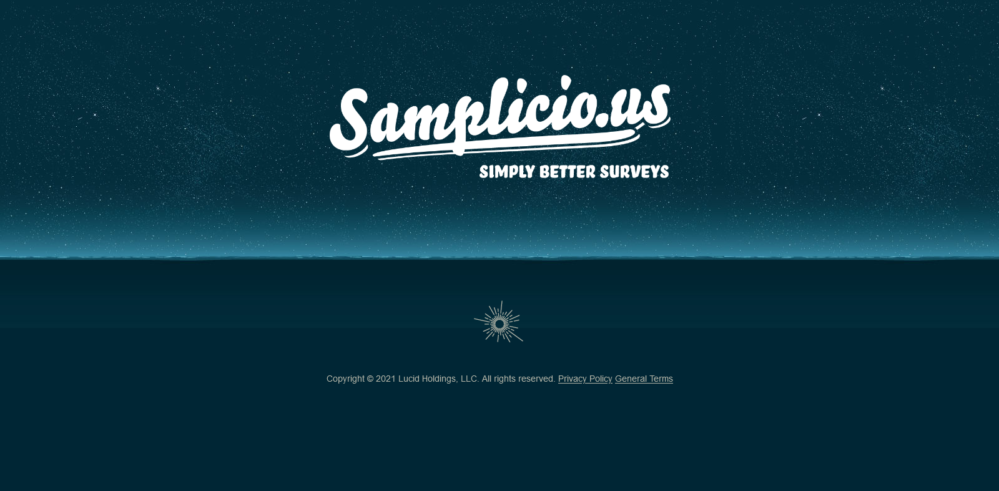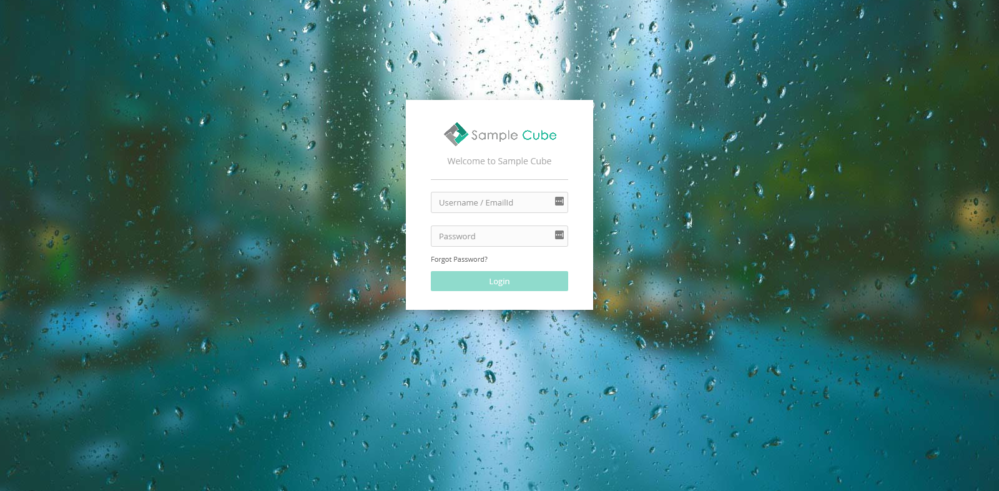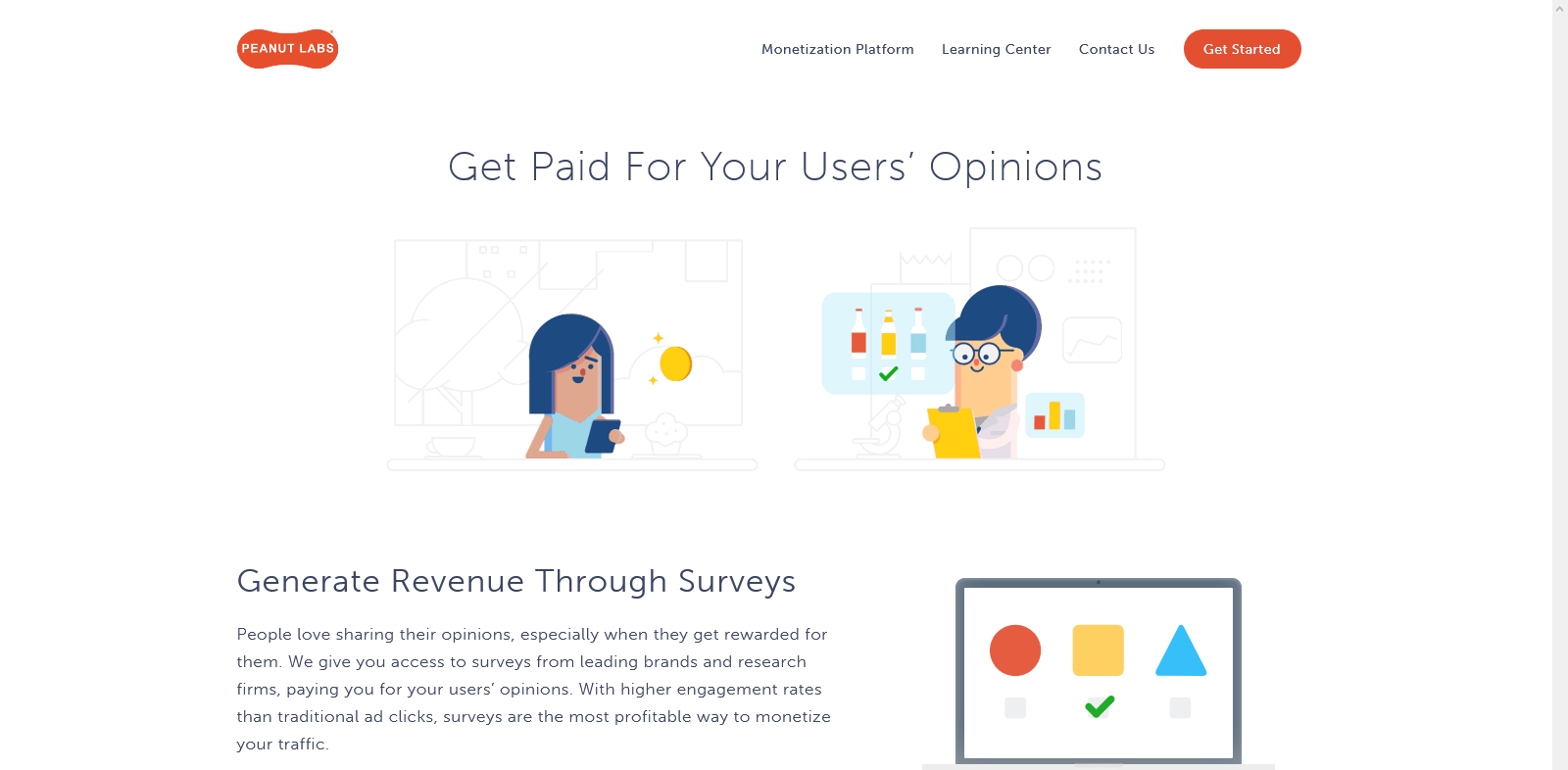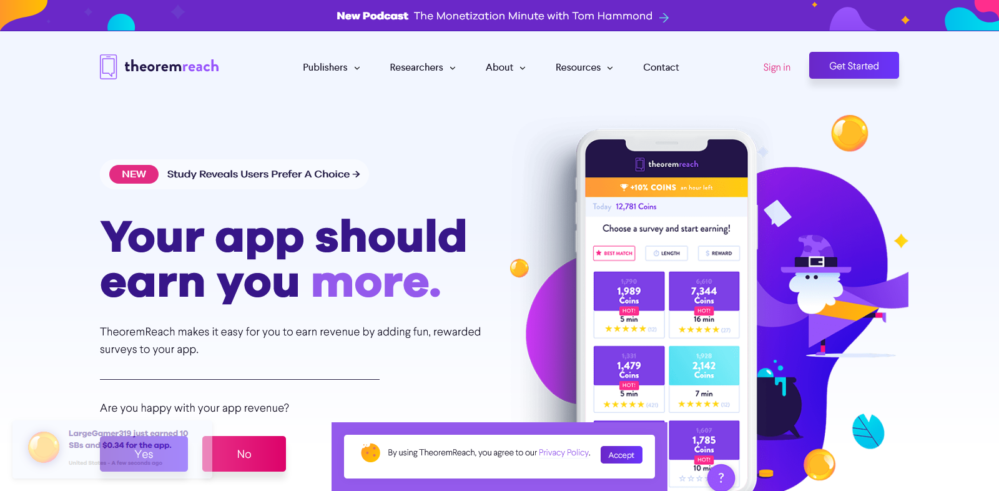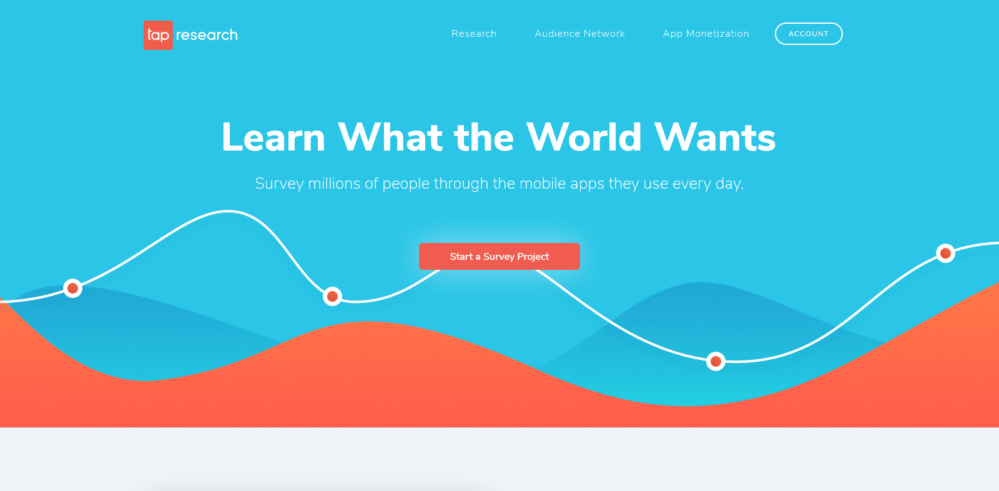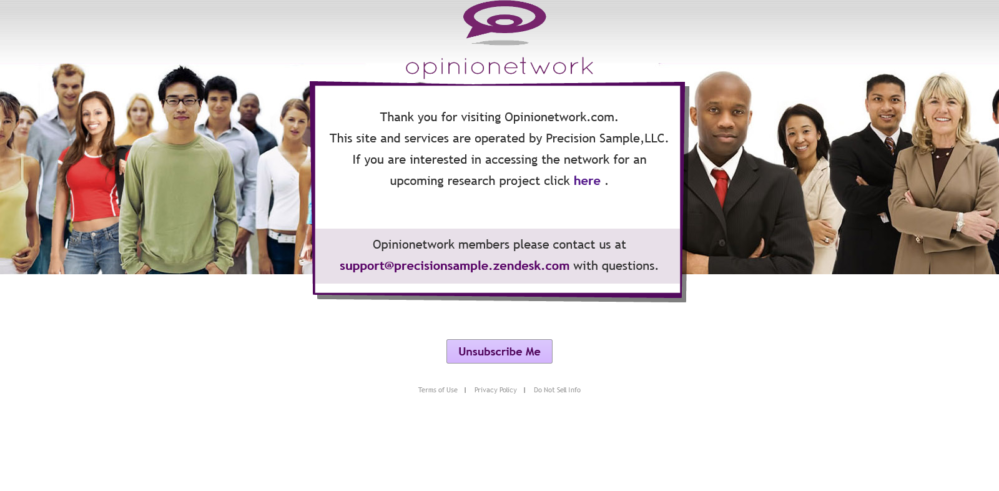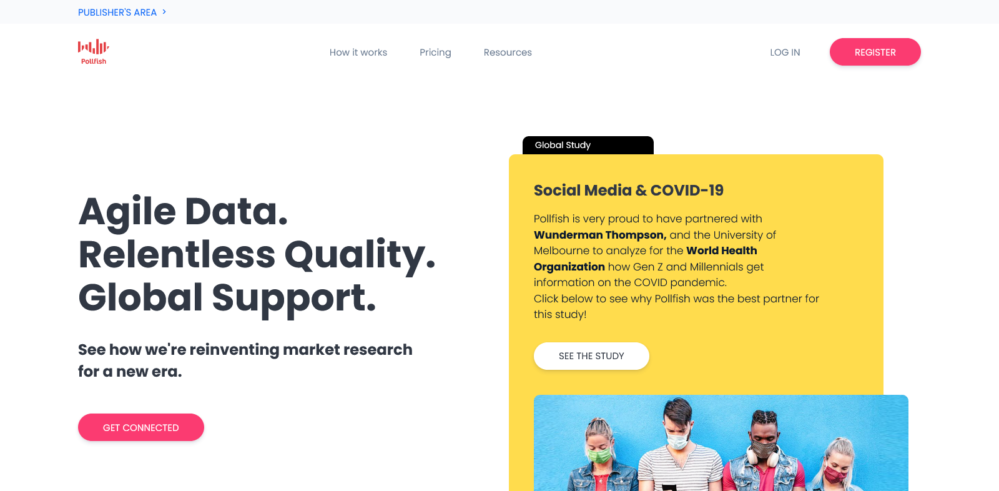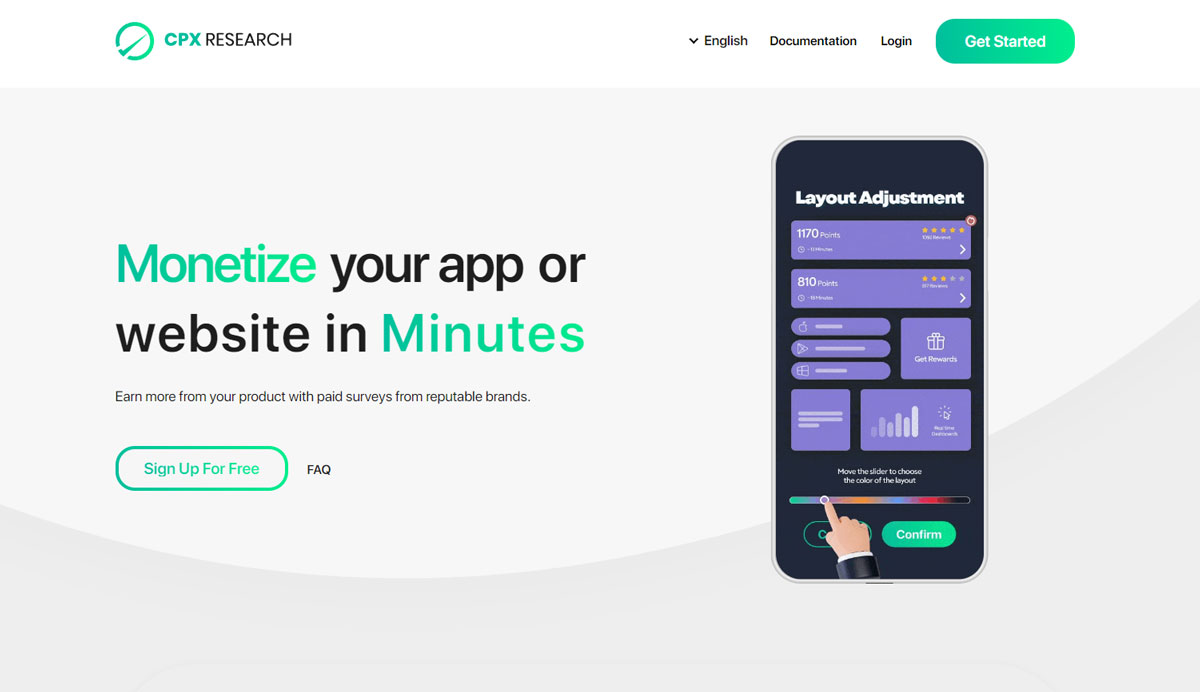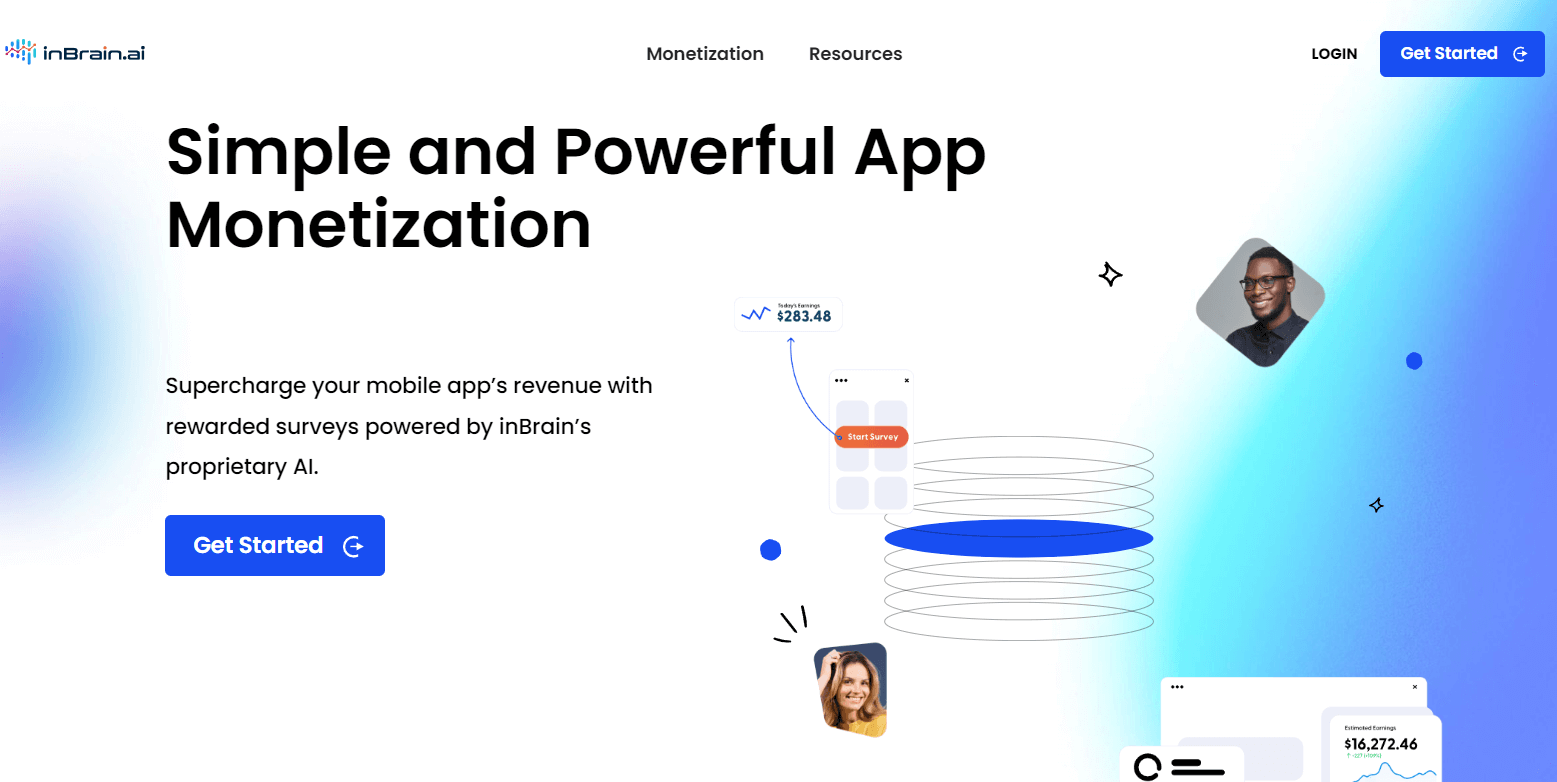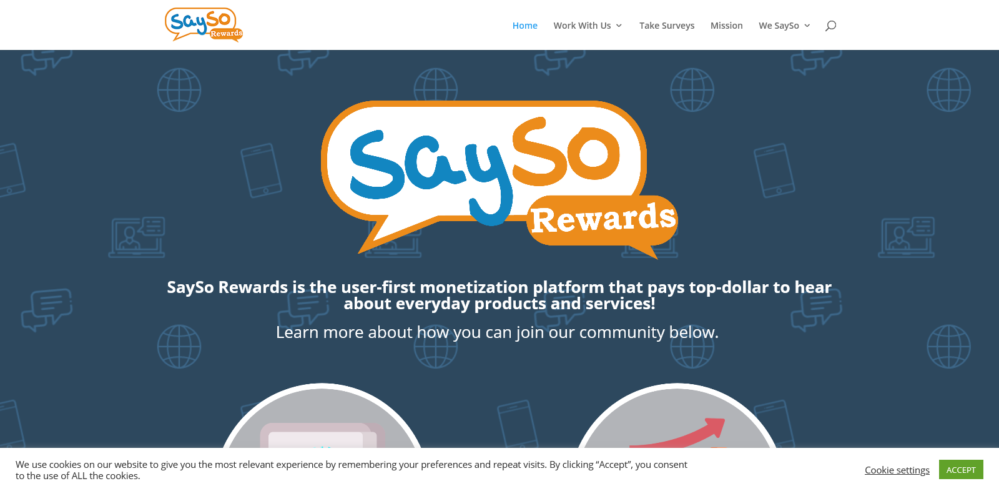Respondent Marketplaces
Respondent marketplaces are programmatic platforms that facilitate the buying and selling of market research participants. These platforms automate the flow of respondents between market research buyers and publishers. Publishers provide fresh respondents who are willing to take surveys, while buyers pay for the number of completed surveys fulfilled by the respondents. This enables publishers to monetize their website or app users as an alternative to other earning methods like online ads.
Reviews of Respondent Marketplaces
Showing all 13 results
Third-party panel platforms
Large programmatic respondent marketplaces like Samplicio.us (Lucid), YourSurveys (Cint), Sample Cube (SAGO), and PollFish (Prodege) are specialized in different areas but all share a common feature: they do not operate proprietary panels. Instead, they leverage existing third-party communities through API connections to find users willing and able to participate in online market research.
Redirecting respondents
As a survey taker, you might come across these automated marketplaces when redirected from one survey to another and wonder whether these sites are legit. If in doubt, you can cross-check the domain of the site you are forwarded to with an extensive database of sources like HuginX.
Marketplace suppliers range from traditional consumer panels to website communities and social media sites. The publisher is paid a share of the cost per interview (CPI) for completed surveys, which is priced dynamically based on factors such as scarcity of target groups and length of the survey. The number of available respondents will also vary over time, depending on overall demand for a specific target group.
Respondent marketplaces are efficient
Clients of respondent marketplaces benefit from having cost-efficient access to market research audiences without investing in proprietary first-party data assets. The automated platform eliminates the need to have a project manager conduct the project’s fieldwork, allowing research buyers to launch the project through a DIY portal and monitor the fieldwork and results in real time through a dashboard.
This whole process saves time for all parties, supporting agile research methods when needed. However, it is important to note that there may be potential privacy issues associated with sharing personal data, and users should be aware of these risks before participating in online market research.

